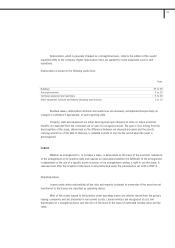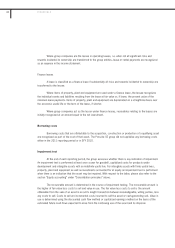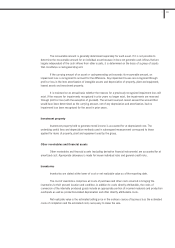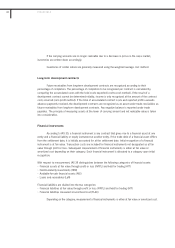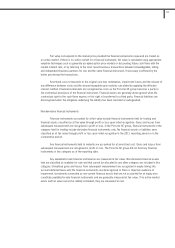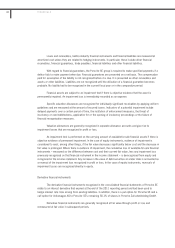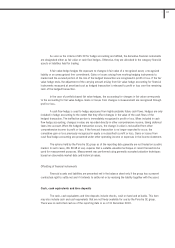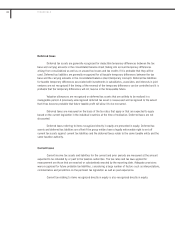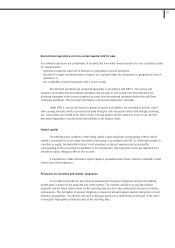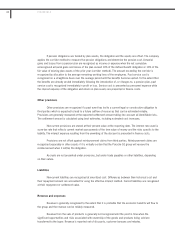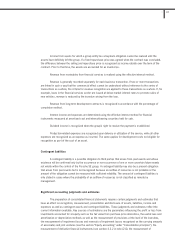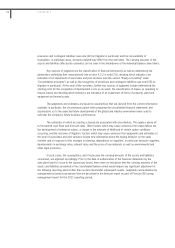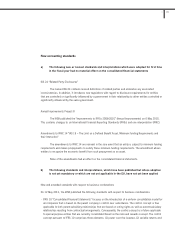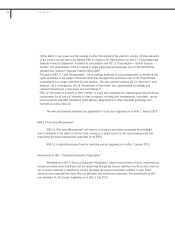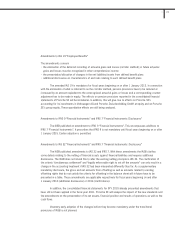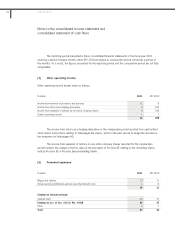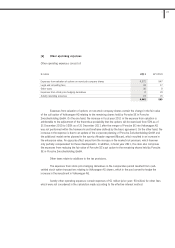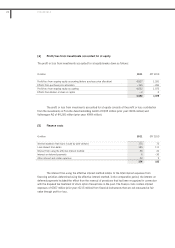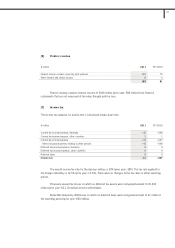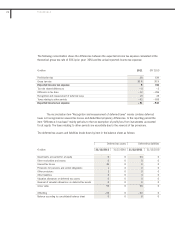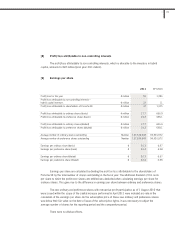Porsche 2011 Annual Report Download - page 169
Download and view the complete annual report
Please find page 169 of the 2011 Porsche annual report below. You can navigate through the pages in the report by either clicking on the pages listed below, or by using the keyword search tool below to find specific information within the annual report.
Income from assets for which a group entity has a buy-back obligation cannot be realized until the
assets have definitely left the group. If a fixed repurchase price was agreed when the contract was concluded,
the difference between the selling and repurchase price is recognized as income ratably over the term of the
contract. Prior to that time, the assets are accounted for as inventories.
Revenue from receivables from financial services is realized using the effective interest method.
Revenue is generally recorded separately for each business transaction. If two or more transactions
are linked in such a way that the commercial effect cannot be understood without reference to the series of
transactions as a whole, the criteria for revenue recognition are applied to these transactions as a whole. If, for
example, loans in the financial services sector are issued at below market interest rates to promote sales of
new vehicles, revenue is reduced by the incentive arising from the loan.
Revenue from long-term development contracts is recognized in accordance with the percentage of
completion method.
Interest income and expenses are determined using the effective interest method for financial
instruments measured at amortized cost and interest-bearing securities held for sale.
Dividend income is recognized when the group’s right to receive the payment is established.
Production-related expenses are recognized upon delivery or utilization of the service, while all other
expenses are recognized as an expense as incurred. The same applies for development costs not eligible for
recognition as part of the cost of an asset.
Contingent liabilities
A contingent liability is a possible obligation to third parties that arises from past events and whose
existence will be confirmed only by the occurrence or non-occurrence of one or more uncertain future events
not wholly within the control of the Porsche SE group. A contingent liability may also be a present obligation
that arises from past events but is not recognized because an outflow of resources is not probable or the
amount of the obligation cannot be measured with sufficient reliability. The amount of contingent liabilities is
only stated in cases where the probability of an outflow of resources is not classified as remote by
management.
Significant accounting judgments and estimates
The preparation of consolidated financial statements requires certain judgments and estimates that
have an effect on recognition, measurement, presentation and disclosure of assets, liabilities, income and
expenses as well as contingent assets and contingent liabilities. These judgments and estimates reflect the
current information available. Key sources of estimations are the parameters influencing the profit or loss from
investments accounted for at equity such as the fair value from purchase price allocations, the useful lives and
amortization or depreciation methods as well as the measurement of provisions at the level of the investees,
the measurement of impairment losses and reversals of impairment losses recognized on the carrying amounts
of associates and joint ventures (see the section “Equity accounting” under “Consolidation principles”), the
measurement of derivative financial instruments (see section 4.2.2 in note [21]), the measurement of
169
3


